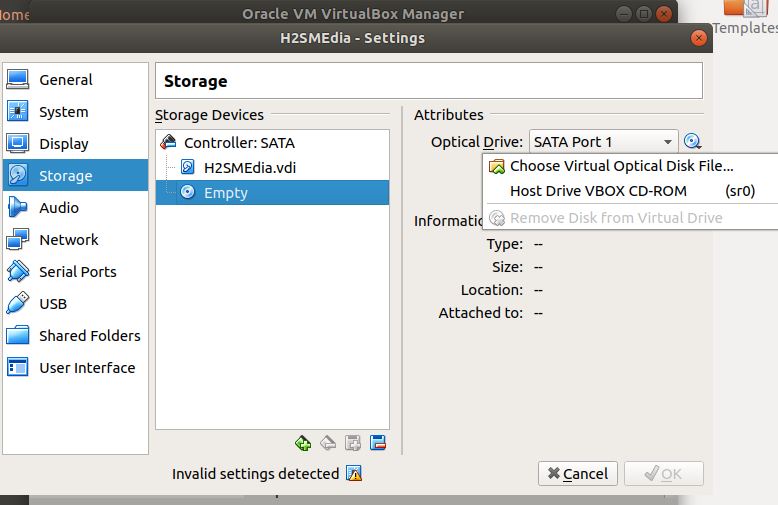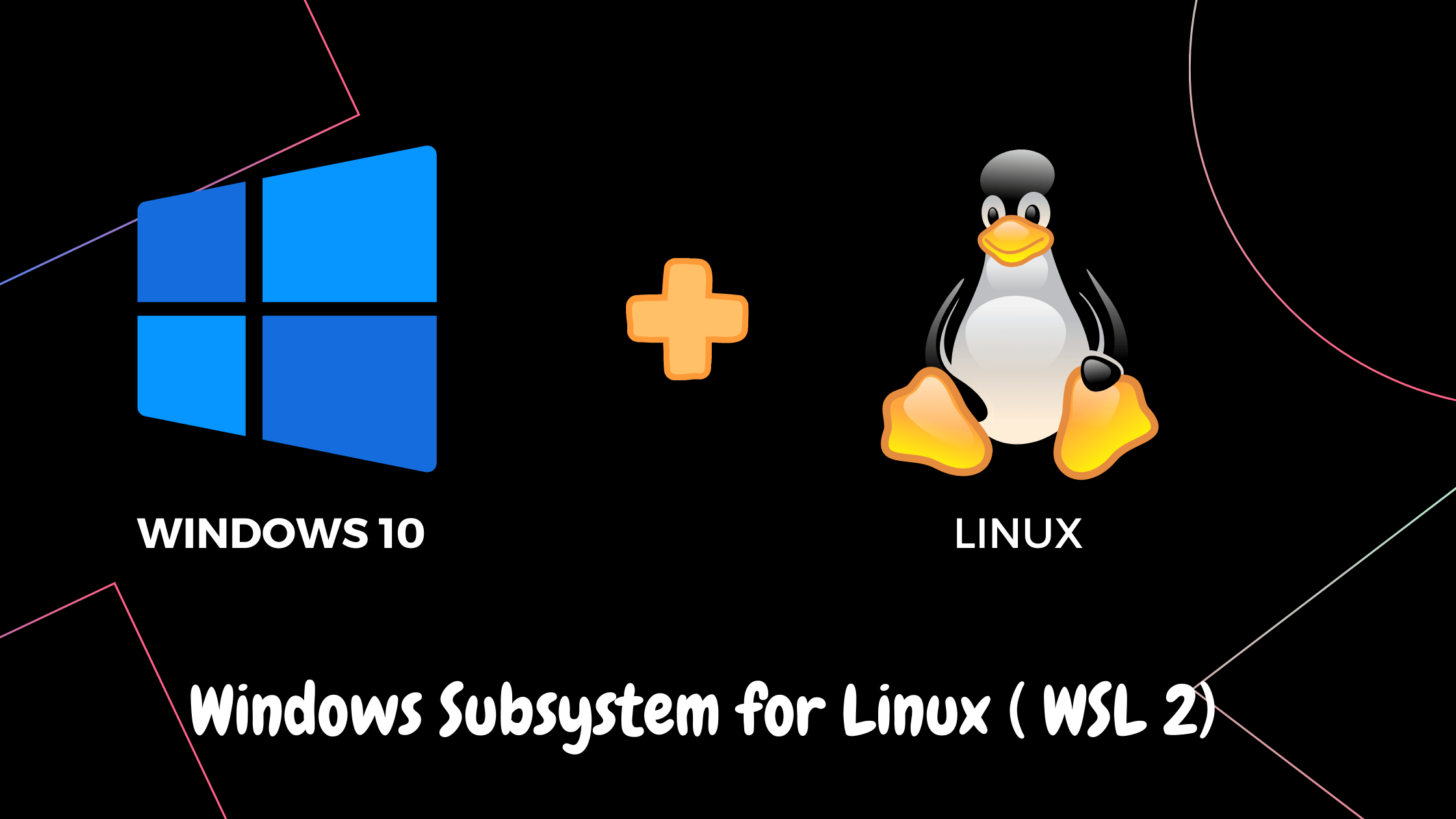

You’ll see the default VDI storage location and size on the next screen, leave them as they are, and select Create.Choose Dynamically allocated and select Next.

Enter the name of the virtual machine and click on Next. Navigate to the right-hand side section and click on New > Virtual Machine. Press the Win key and type Hyper-V manager.

Choose VDI (VirtualBox Disk Image) and select Next. To create an Ubuntu virtual machine, do as follows: Boot up the Windows virtual machine.
Next, you’ll need to choose the type of file you’d like to use for the virtual hard disk. Choose the Create a virtual hard disk now option and click Create. Recently I updated this tutorial and will try my best so that you understand this guide. On the next screen, you’ll need to create a new hard disk for your virtual machine. This tutorial is about How to Create a Virtual Machine on Windows 10. You have two options to choose from you could either use Dynamically allocated storage which grows as you keep using the storage, or allocate a Fixed-size storage limit that offers faster performance. This portion will only be accessible to your virtual operating system, i.e., Ubuntu in this case. How to install Ubuntu Linux using Hyper-V on Windows 10 The last step is to start the virtual machine and install the Linux distribution you want to use. In the search box of WIndows type- Hyper-v and when its icon appears click on it to start creating VMs. You’ll also need to allocate a portion of your hard disk to the virtual machine. After the successful installation, it’s time to run the Hyper-v. For instance, if you have 16GB total RAM, allocate 4GB to the virtual machine. Ideally, you should choose to allocate about a fourth of your PC’s RAM. Allocate Memory size to your virtual machine.







 0 kommentar(er)
0 kommentar(er)
